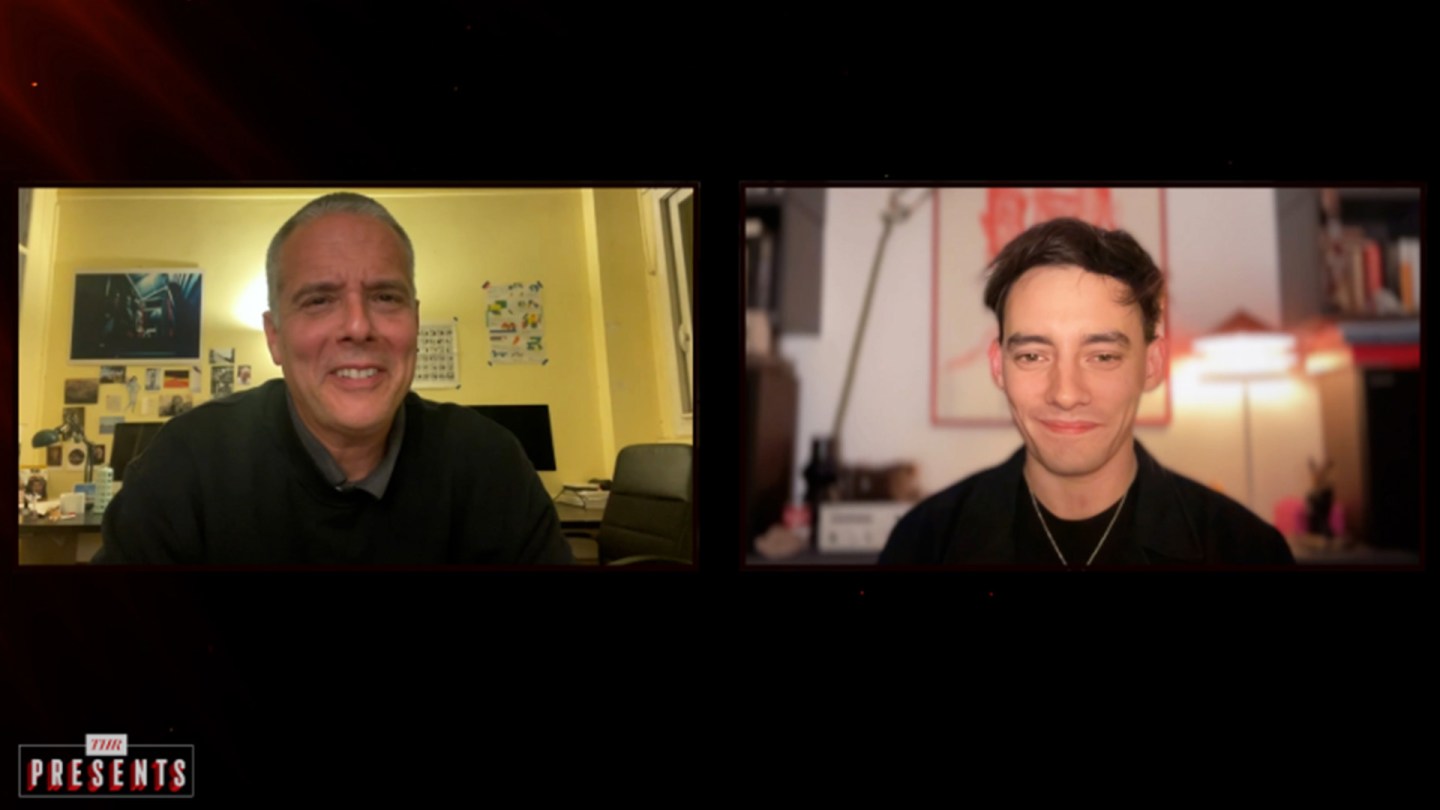To come up with the story for his debut feature, Sun Never Again, 29-year-old writer-director David Jovanović chose a unique source of inspiration: Bob Dylan’s 1964 folk song “Ballad of Hollis Brown,” which describes the travails of a South Dakota farmer facing poverty, hunger and the poisoning of his land. Even more specifically, it was the late auteur David Lynch’s cover of that track on his 2013 album, The Big Dream, that convinced Jovanović it was possible to transform Dylan’s lyrics into a narrative.
“The song is about a father living in a surreal place where the air is polluted, the water is black and there are coyotes singing at night. Those were the visuals that inspired the story, because I wanted to explore how you could survive in a place like that,” Jovanović explained in a conversation for THR Presents. “After that initial idea, my co-writer Dorde Kosić and I went to visit my grandmother’s house in a mining village in Serbia where I spent a lot of time when I was a kid. And we realized that the surrealism of the song was in fact very real for the people living there — that its theme was universal.”
Sun Never Again is indeed part Lynchian coming-of-ager, part gritty portrait of a village situated on the edge of a coal mine that’s contaminating the region. The story is told through the eyes of a young boy, Dule (Rastko Racić), whose father, Vid (Dusan Jović), is one of the last remaining holdouts, refusing to sell his family home even if most of the other residents have vacated the area for greener pastures.
“For those who’ve never lived in a mining town, it seems like an easy choice: you don’t want to stay in a polluted place where everyone is going to die,” Jovanović said. “But when we spoke with the villagers, they told us the mine had been there since they were born. Many of them believed it would be closing down soon — they were like frogs in boiling water. It’s not so simple to leave everything you’ve built behind.”
The director captures the town’s desolation and strife through magical realist imagery mixed with flashes of religious iconography, revealing how such a place can still seem enchanting for a young boy who grew up there. While Vid stubbornly refuses to leave and sometimes descends into a drunken stupor, Dule observes his father with a dreamlike wonder — a wonder that Jovanović realized came from his own point of view as a child.
To create the film’s distinctive look, the director and DP Mladen Teofilović looked at the work of legendary Czech photographers like Josef Sudek and Josef Koudelka, as well as Paul Thomas Anderson’s There Will Be Blood. “I saw that movie many times,” Jovanović commented, “studying how the lighting and camera movements were used to achieve such a naturalistic approach.”
The crew also teamed up with locals during the shoot, who both served as supporting cast members and assisted with various aspects of the production. “I think they were the key that this film happened. They dug graves, put mud in the houses, cooked for us — they gave us everything they had,” the director said. “The most important thing was when the villagers all came to watch the premiere, after which they told me two things: The first was that they were grateful for being seen and heard. The second was that during the three months we shot the movie, we helped them to escape to another world.”





